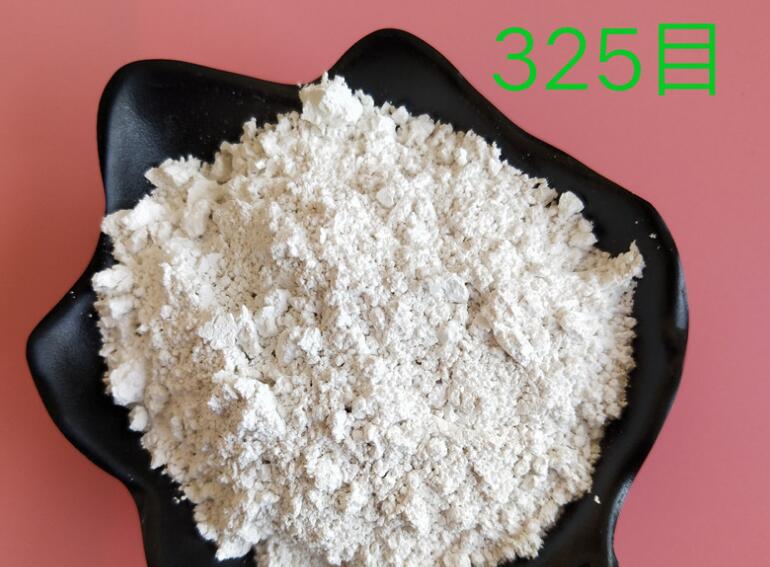Flame retardant technology of magnesium hydroxide polyurethane foam

Application of magnesium hydroxide as flame retardant in polyurethane foam. By adding magnesium hydroxide to polyurethane foam, its flame retardant properties can be effectively improved. This study explores the effects of factors such as magnesium hydroxide addition, particle size and surface modification on the flame retardant properties of polyurethane foam, and proposes corresponding flame retardant technology.
1. Introduction
Polyurethane foam is widely used in many fields such as construction and furniture due to its excellent thermal insulation performance and lightweight characteristics. However, polyurethane foam is flammable, which limits its application in some occasions with high fire protection requirements. Magnesium hydroxide, as a halogen-free and environmentally friendly flame retardant, has broad application prospects in the flame retardant modification of polyurethane foam due to its good flame retardant effect and low smoke emission.
2. Magnesium hydroxide as a flame retardant
Flame retardant principle: Magnesium hydroxide decomposes at high temperature to generate water vapor and magnesium oxide. This process absorbs a lot of heat, which can reduce the flame propagation speed. At the same time, magnesium oxide covers the surface of the material to form an isolation layer to prevent oxygen from entering, thereby achieving a flame retardant effect.
Addition amount: The addition amount of magnesium hydroxide has a significant effect on the flame retardant properties of polyurethane foam. Generally speaking, the more the amount added, the better the flame retardant effect, but too much addition will affect the physical and mechanical properties of the foam.
3. Surface modification
Purpose of surface modification: Surface modification can improve the compatibility of magnesium hydroxide with the polyurethane matrix and improve the mechanical properties of the composite material.
Modification method: Common surface modification methods include coupling agent treatment, surfactant treatment, etc.
4. Preparation method
Raw materials: polyether polyol, isocyanate, magnesium hydroxide flame retardant.
Preparation method: Mix magnesium hydroxide flame retardant with other raw materials and prepare flame retardant polyurethane foam through foaming process.
5. Performance evaluation
Flame retardant performance: The flame retardant performance of polyurethane foam is evaluated by oxygen index method (LOI), vertical combustion method (UL-94) and other methods.
Mechanical properties: Determine the mechanical properties of polyurethane foam such as compressive strength and elongation at break, and evaluate the effect of magnesium hydroxide addition on foam toughness.
Thermal stability: The thermal stability of polyurethane foam is studied by means such as thermogravimetric analysis (TGA).
6. Results and discussion
Flame retardant properties: The addition of magnesium hydroxide can significantly improve the flame retardant properties of polyurethane foam, and the oxygen index is significantly improved.
Mechanical properties: The interfacial compatibility between magnesium hydroxide and polyurethane matrix can be improved by surface modification, so that the mechanical properties of the foam are improved while maintaining good flame retardant properties.
Thermal stability: The presence of magnesium hydroxide improves the thermal stability of polyurethane foam and delays the thermal decomposition process of the foam.
By adding magnesium hydroxide and performing appropriate surface modification, the flame retardant properties of polyurethane foam can be effectively improved while maintaining good mechanical properties. This flame retardant technology provides a new way to develop high-performance flame retardant polyurethane foam.








